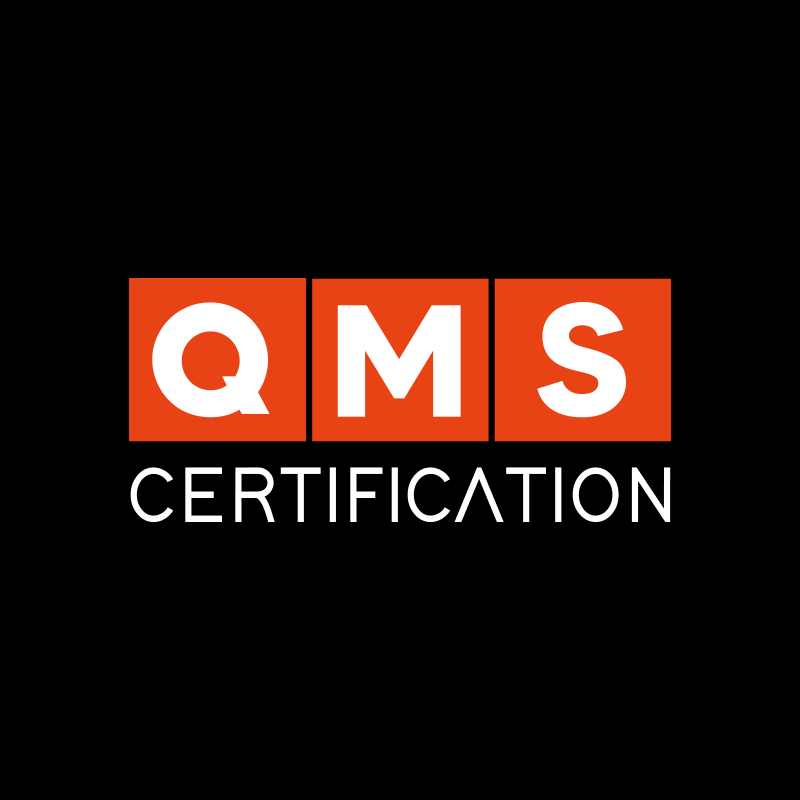Strategic quality planning is an essential process for any organization, regardless of its size or area of operation. Through this process, we define clear objectives for the upcoming year, as well as specific actions to improve the quality of our companies’ products, services, and processes.
A well-executed strategic plan helps align efforts, prioritize resources, identify opportunities for improvement, and ensure that quality remains a central part of the organizational strategy in 2025. It also serves to review strategies, evaluate quality policies and objectives, and ensure that everything aligns with management’s short, medium, and long-term vision.
On the other hand, underestimating or neglecting strategic planning can cause significant problems for your organization, such as lack of focus, misalignment among employees, increased costs, failure to identify risks, loss of competitiveness, and even loss of ISO 9001 certification. All of these issues can lead to various financial setbacks and severely impact your company’s sustainability.
For this reason, in today’s article, we will explain some key aspects of a strong strategic quality plan and share tips on how to execute this process effectively. Let’s dive in!
Understanding the Organization’s Context
First and foremost, it is crucial to thoroughly understand your company’s current situation, its customers, and details about its operations. In the world of management systems, this is a common practice known as context analysis. Therefore, before diving into quality-focused planning, you need to conduct a comprehensive general context analysis!
To achieve this, there are several methodologies and tools available, and you can choose the one that best suits your company’s reality. One highly recommended method is the PESTEL analysis, which covers the most critical factors of a good context analysis and can be extremely useful. We have an excellent video on the QMS channel explaining how to use this tool – it’s worth checking out!
From this initial general context analysis, you’ll not only gain a deeper understanding of your company’s needs but also collect valuable inputs for your quality planning!
Strategic Quality Planning Based on SWOT
Once the general context has been analyzed, you can begin specific planning for the quality area. Effective strategic planning requires a comprehensive and systematic approach that aligns with organizational objectives. For this reason, we recommend using the SWOT analysis!
This tool will help us identify important aspects of the quality management system (QMS) by focusing on what truly matters: our Strengths, Weaknesses, Opportunities, and Threats. From this analysis, we can outline actions for 2025. Let’s examine each factor analyzed in SWOT.
Strengths – Quality Strengths
We begin our planning by identifying the strengths of quality—those elements that add value to the company and help achieve better results. Examples include:
- Process standardization;
- Waste reduction;
- Knowledge retention;
- Team training;
- Among other factors.
By correctly identifying these strengths, we can explore ways to amplify them in 2025 or leverage them to achieve our company’s strategic objectives. Similarly, we can reinforce and standardize quality best practices within the company’s systemic environment.
To achieve this, we create actions or action plans to be executed in 2025 that will further maximize the strengths that quality has to offer!
Weaknesses – Quality Weaknesses
No matter how effective our QMS is, there will always be weaknesses that can be addressed, mitigated, or eliminated. These can also be a focus for the new year. Examples include:
- Low leadership commitment;
- Insufficient or limited budget;
- Limited human resources (knowledge gaps);
- Lack of technology for process management;
- Other critical factors.
Through SWOT, we can list several factors that harm or reduce the results of our operations. This enables us to create action plans, allocate resources, or implement measures to eliminate or reduce these weaknesses.
For example, to address the weakness “Lack of technology for process management,” we could develop a project to acquire and implement quality management software. This tool would not only eliminate the weakness but could transform it into a strength for quality within the company by offering significant process automation.
Opportunities – Quality Opportunities
So far, we have focused on internal factors within our organizations. Now we begin exploring the external environment, starting with opportunities. What external opportunities can we leverage to enhance quality and company results? Examples include:
- Possibility of obtaining new management certifications (e.g., ISO 45001);
- Improved supply chain evaluation;
- Greater market recognition due to certifications;
- Other relevant aspects specific to your context.
At this stage, we can create action plans that pursue these opportunities, such as implementing a new management system certification, developing a value chain mapping project, or creating a marketing plan to promote your company’s existing certifications.
Threats – Quality Threats
Several factors can threaten quality—and, by extension, the entire organization—so it is essential to analyze these threats carefully. Examples include:
- Loss of ISO 9001 certification;
- Insufficient budget for quality maintenance;
- Having only one certification;
- Loss of market trust;
- And so on.
While all the factors discussed are important, leaving potential threats out of your strategic quality planning can be a severe oversight.
For example, the potential loss of certification could lead key clients to stop purchasing from your company and damage your market reputation. Similarly, failing to obtain certain certifications can increase risks—ISO 14001, for instance, can help ensure compliance with laws and prevent fines, sanctions, and legal problems.
Therefore, carefully evaluate your threats and develop plans to mitigate or eliminate them!
Creating Action Plans with 5W2H
After completing your SWOT analysis for quality, you will realize that many actions are needed. For example, it’s pointless to identify the need to increase your company’s technology or aim for a new certification without executing any actions to achieve it.
This is where the well-known 5W2H method comes in handy to outline ways to address what has been identified. A good strategic plan results in multiple action plans. It’s also important to note that it won’t always be possible to execute actions for every identified factor; you will need to analyze and prioritize what will bring the most results for the QMS and the company.
Additionally, there might not be a budget for certain actions, such as hiring a consultant to implement ISO 14001. In this case, you can start by taking a course in the area and acquiring knowledge about QMS. And of course, you can count on QMS Academy for that—click here to learn about our courses.
Strategic Quality Planning: The Future Starts Now!
Strategic quality planning is not just an organizational exercise but a commitment to your company’s future!
It sets priorities, aligns efforts, and transforms challenges into opportunities for growth. Ignoring it is like navigating without a map through a sea of uncertainties; on the other hand, approaching it with seriousness ensures that every step leads to the desired destination.
In 2025, quality will no longer be just a differentiator—it will be a necessity for sustainability and competitiveness in the market. The future starts now, and success will belong to those who plan, act, and transform!










